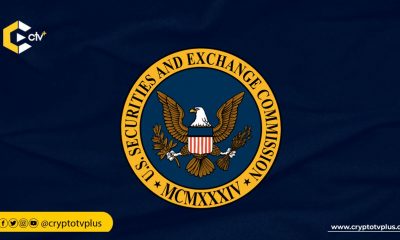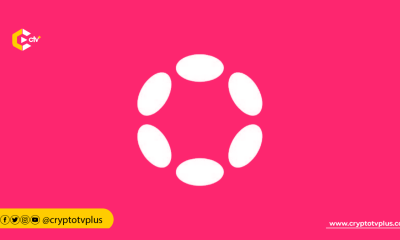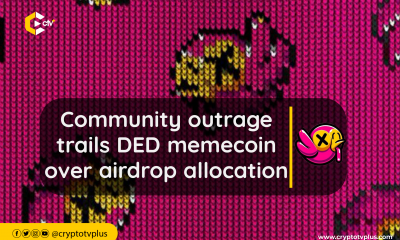FEATURED
Exploring Schrödinger’s NFT in Secure Data Exchange with Apillion’s CTO

The co-founder and CTO of Apillion, Tadej Vengust, presented the Schrodinger NFTs for the first time to the audience at the Sub0 conference. According to Tadej the idea behind this unique innovation is to improve data exchange and security in the Web3 space.
Schrödinger’s NFT introduces a groundbreaking way to secure digital files and assets beyond traditional NFT art forms.
This innovation utilizes an NFT key, granting exclusive access to hidden files. To access these files, one must possess the designated NFT key, which can only be shared by the owner.
Upon applying the correct NFT key, the files are decrypted and made accessible for download by the recipient. However, if the NFT key is incorrect, the files remain encrypted and inaccessible until the right key is used.
Tadej noted that Schrödinger’s NFT combines the capabilities of three Polkadot parachains: Moonbeam (or Astar), Crust, and Phala. While it is currently in the proof-of-concept phase, it offers a glimpse into the potential of multi-chain use cases.
The Origins of Schrödinger’s NFT
He explained that the concept of Schrödinger’s NFT originated from research into Phala, a parachain enabling cloud computing through trusted execution environments when discussing its origins.
This approach allows code to run on CPUs with secure chips without revealing its contents, adding a new dimension to distributed computing.
Phala, however, has its peculiarities, including limitations in HTTP requests and memory usage. It’s written in Rust, a language gaining traction in the Web3 community, and employs encrypted storage.
Each Phala contract gets a private key known only to itself, enabling private key derivations and true randomness.
He added that the concept behind Schrödinger involves associating an NFT ID with a CID (Content Identifier) for an IPFS file. A unique encryption key, known only to the contract, is generated.
Users with the NFT can upload, encrypt, and store files on IPFS. Accessing and decrypting these files requires ownership of the associated NFT, making the entire process verifiable and secure.
To demonstrate how it works, the CTO showcased the deployment of Schrödinger’s NFT on three different parachains: Phala, Moonbeam, and Cross.
He added that while there are certain limitations of Phala contracts, such as file size constraints and execution time limits, Apillion is continuously working to expand and enhance the capabilities of Schrödinger’s NFT.
Real-world use case
The presentation concluded with Tadej presenting several real-world use cases for Schrödinger’s NFT. These ranged from secure real estate transactions, where associated documents move with the NFT, to password keepers, and even storing digital credentials.
Although Schrödinger’s NFT utilizes Apillion’s platform for certain functionalities, Tadej emphasized that the underlying technology is fully decentralized.
Users have the option to either revoke ownership or transfer their NFTs to their Phala accounts, ensuring complete control.
He also emphasized that Apillion’s mission is to accelerate the adoption of Web3 by empowering its builders. He stressed that this mission translates into extensive research on various parachains, blockchains, IPFs, and decentralized protocols.
Read also; Integritee AG unveils innovative cross-chain privacy solution

























1 Comment